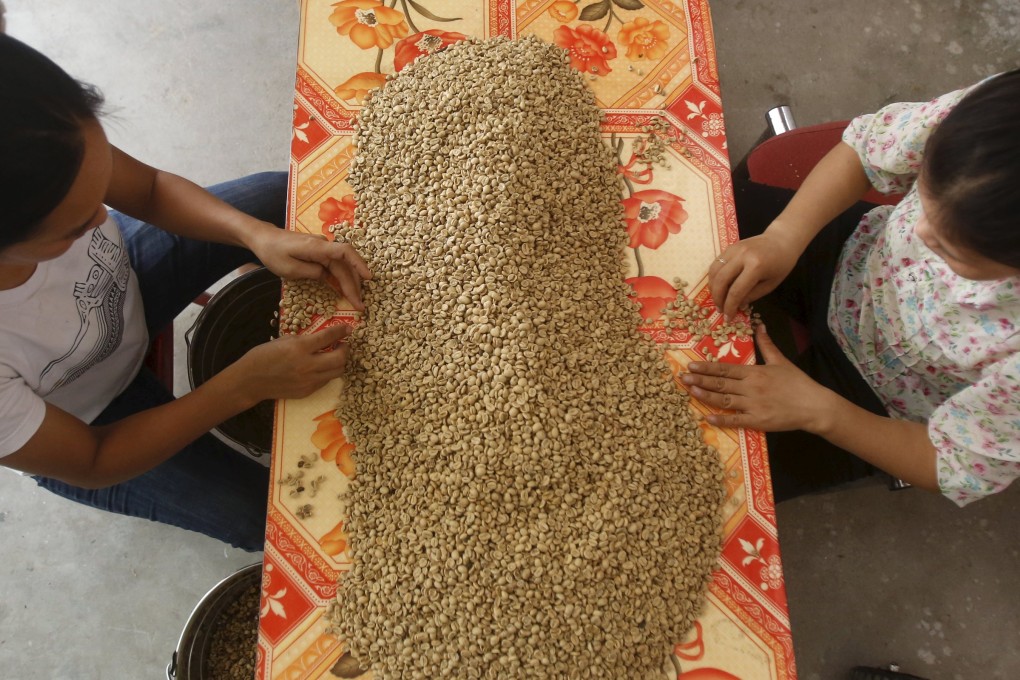Developing Asia needs to tackle gender discrimination to maximise women's potential in society
Shang-Jin Wei says ensuring equal opportunities and pay for women is not only ethically right, but will also raise economic output, benefiting all

Of the hundreds of construction workers rebuilding Hapa'ai, a small island in the northern part of Tonga, the least likely crew is from the local electricity company. The physically demanding labour of setting up and repairing power lines is usually "a man's job". Yet in the aftermath of a devastating tropical cyclone last year, reconstruction needs have trumped gender norms. Thanks in part to nudges from international donors, employers have sought out women employees.
When I recently visited Hapa'ai, I met a four-member, all-woman crew who were repairing electricity lines for Tonga Power. According to a company executive, the women are more productive than their male colleagues, contrary to his initial belief. He said that it's true men are physically stronger, but they take more breaks; women, in comparison, work steadily throughout the day, and, as a result, get more done. After the CEO, Robert Matthews, heard the story, he decided to hire more women.
Make it easy for women to work and reduce factors that interrupt women's careers
The executive's initial views are a reminder that unconscious bias is still all too common.
In 98 per cent of the world's economies, the female labour force participation rate is below the male rate. In developing countries in Asia, the female rate is about 49 per cent, compared with 80 per cent for men. In fact, it is the only region in the world that exhibits a declining female labour force participation rate over the past two decades. Discrimination appears to play a substantial role.
Take wages. Globally, women's wages are lower than those of men by about 30 per cent. Even after adjusting for education, experience and occupation, women are still generally paid about 20 per cent less.
